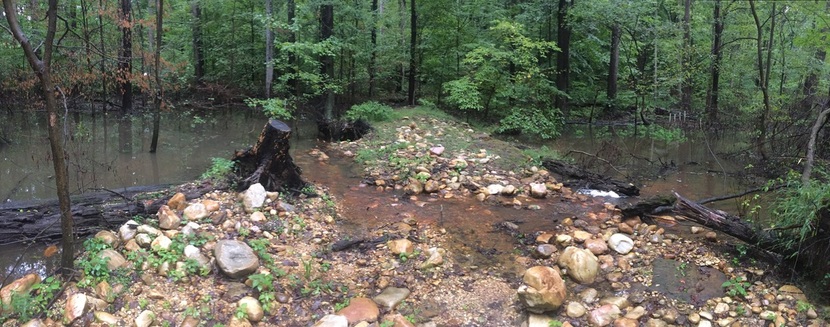Coastal Rivers
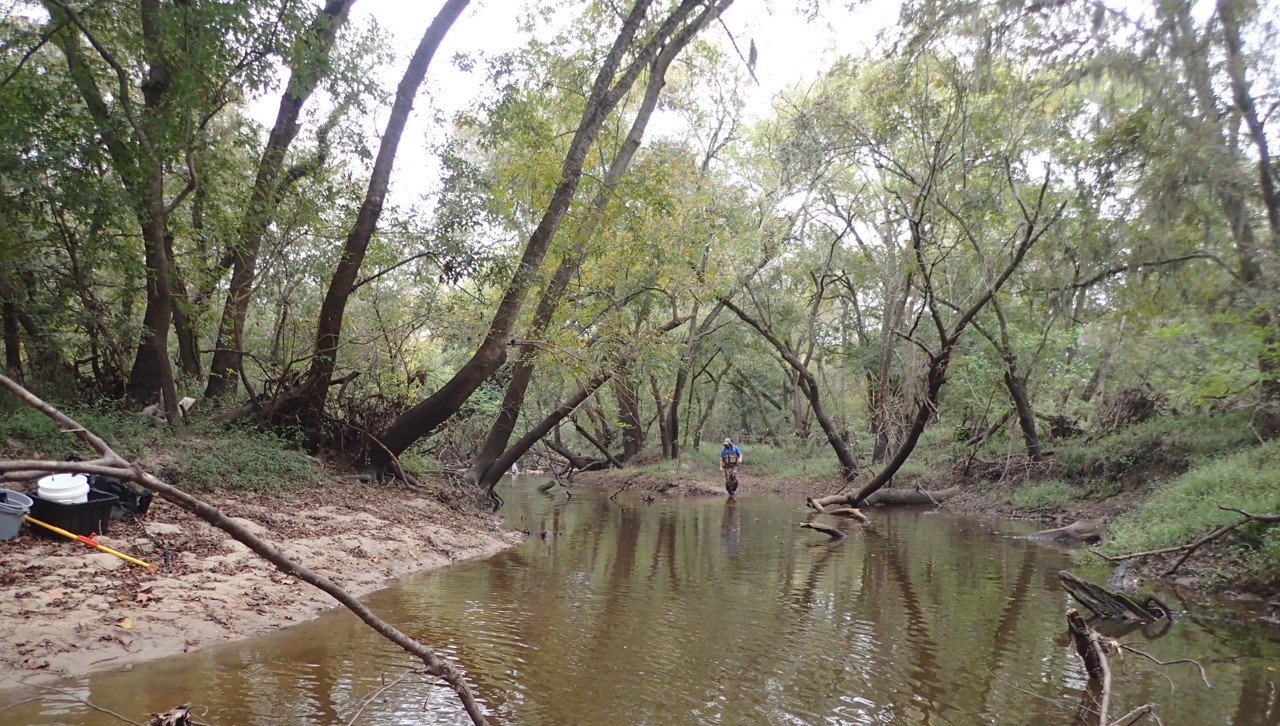
The coastal plain is one of the least well studied ecoregions in North America and the running waters found on this part of the landscape are no exception. Coastal Rivers are historically understudied by both lotic and estuarine ecologists. The Coastal Estuarine Ecosystems Lab has ongoing research on these important and understudied systems in both Texas and the Chesapeake Bay watershed.
Texas Research Projects
Arid land streams are nearly as poorly studied as coastal plain streams. The Texas coastline is largely alluvial coastal plain and ranges from desert toward the Mexico-USA border, to semi-arid around Corpus Christi, to mesic as you approach Louisiana. The region is sub-tropical and serves as a mixing zone between tropical and temperate species. For all of these reasons the stream ecology of coastal Texas is both fascinating, potentially unique, and can serve as a model system for addressing questions about how streams will respond to climate change. 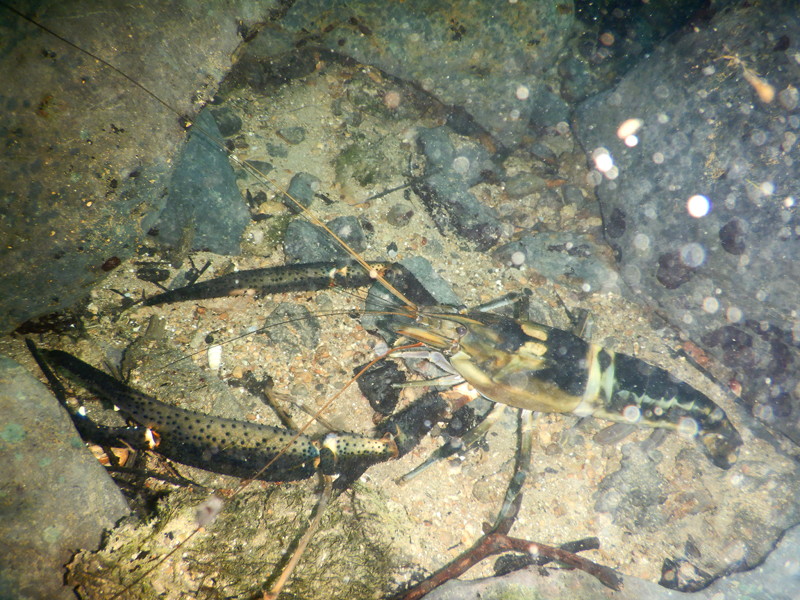
Recent work funded by NSF in partnership with the Reese Lab at Dauphin Island Sea Lab and the Hogan Lab at TAMUCC that is wrapping up has focused on understanding how climate shapes ecosystem resistance and resilience. We found that, contrary to expectations, arid systems are more sensitive to perturbations than mesic systems. Currently, we’re using stable isotope analysis and measurements of ecosystem metabolism and secondary production to understand how climate shapes the relative importance of top down and bottom up forcing on ecosystem functioning and community structure. This work is in partnership with the Ulseth Lab at Sam Houston State University and the Vander Zanden Lab and Whiles Lab at the University of Florida. This project is funded by the National Academy of Science Engineering and Medicine, and the National Science Foundation.
|
Chesapeake Bay Research
The Chesapeake Bay TMDL has led to the implementation of a large number of regenerative storm water conveyance (RSC) system style restorations in the Chesapeake Bay watershed. RSC restorations reconnect streams with their flood plain by building a series of rock weir dams and filling incised channels with new substrate. |



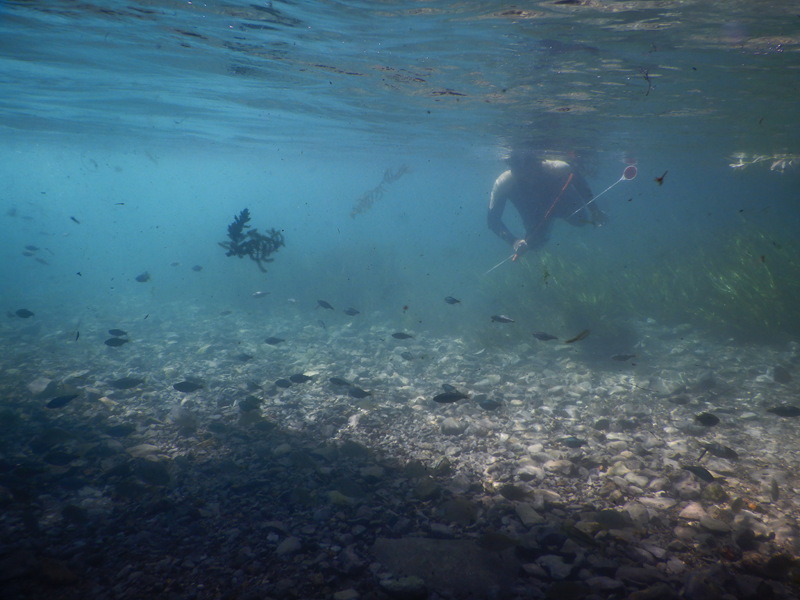 An ongoing research project in our lab is to increase our understanding of the ecology of these systems. Thematic questions include the role of precipitation-driven hydrological variation and water management on in-stream ecology, the role of spatial turnover in riparian vegetation along the coast in stream structure and function, the strength of the connection with the downstream marine food webs, and natural variation in fish and invertebrate distributions within each river corridor and along the coast wide precipitation gradient.
An ongoing research project in our lab is to increase our understanding of the ecology of these systems. Thematic questions include the role of precipitation-driven hydrological variation and water management on in-stream ecology, the role of spatial turnover in riparian vegetation along the coast in stream structure and function, the strength of the connection with the downstream marine food webs, and natural variation in fish and invertebrate distributions within each river corridor and along the coast wide precipitation gradient.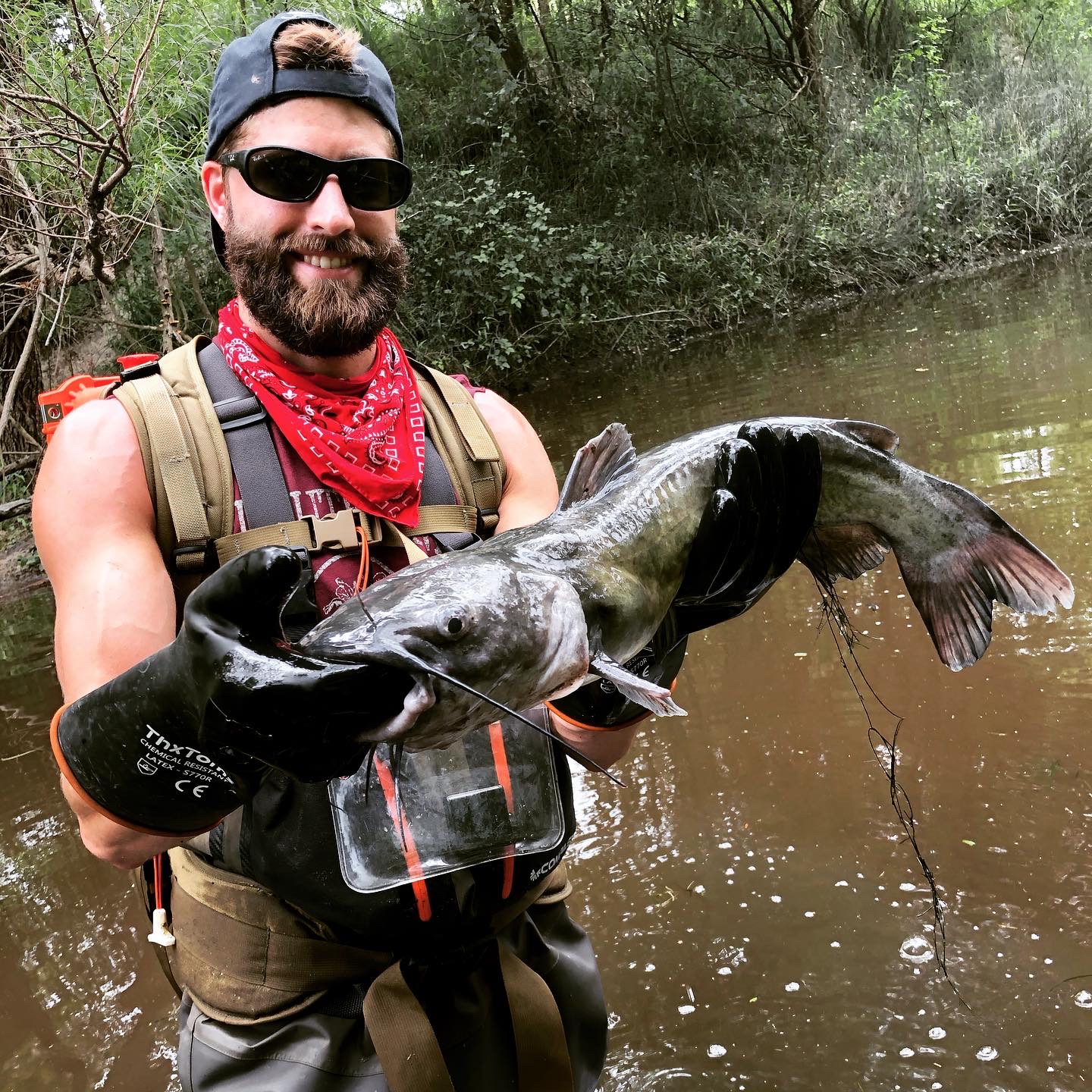 We have been sampling nine iconic streams distributed along the rainfall gradient in this region since 2016. Sampling has consisted of annual to monthly surveys depending on the year comprising everything from gas-flux measurements to microbial and algal communities as well as higher level organisms including invertebrates and fish. This targeted sampling program is supplemented by broader surveys across the coastal plain such as a recent project to assess distributions of decapods funded by the Texas Department of Fish and Wildlife.
We have been sampling nine iconic streams distributed along the rainfall gradient in this region since 2016. Sampling has consisted of annual to monthly surveys depending on the year comprising everything from gas-flux measurements to microbial and algal communities as well as higher level organisms including invertebrates and fish. This targeted sampling program is supplemented by broader surveys across the coastal plain such as a recent project to assess distributions of decapods funded by the Texas Department of Fish and Wildlife. 
